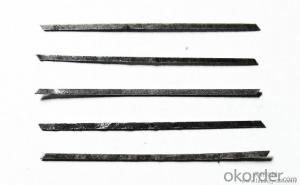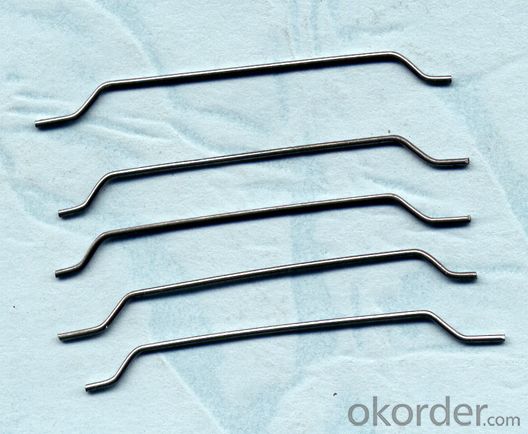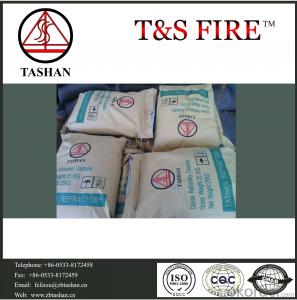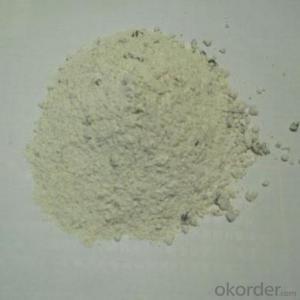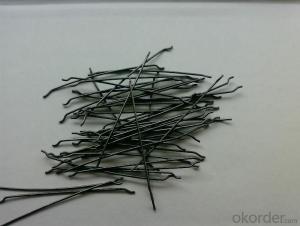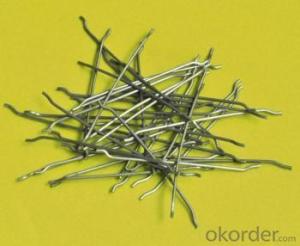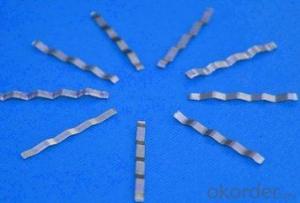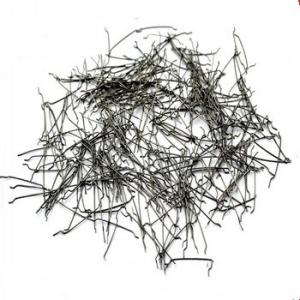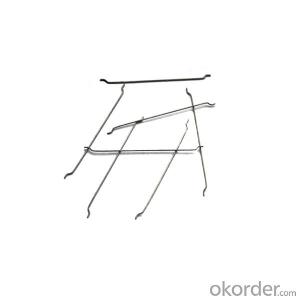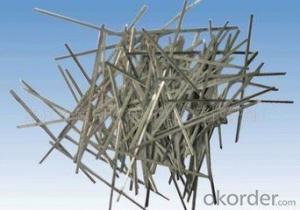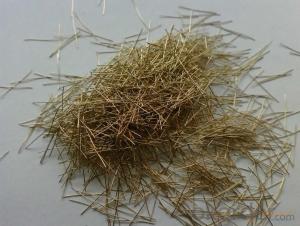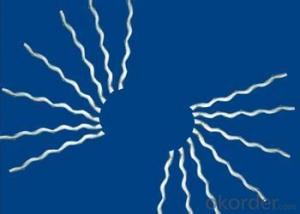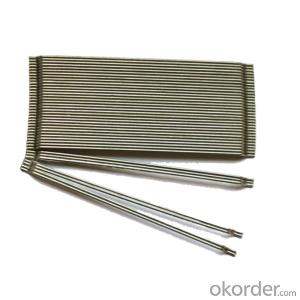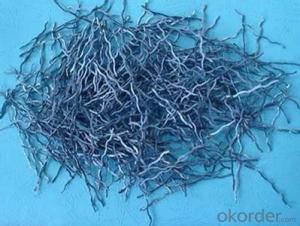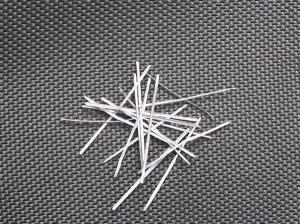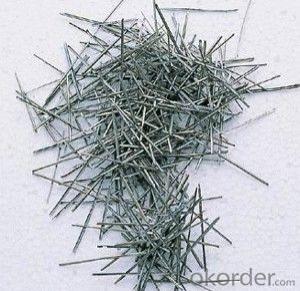Melt Extract Stainless Steel Fiber Loose for Concrete Reinforcement from China
- Loading Port:
- Tianjin
- Payment Terms:
- TT OR LC
- Min Order Qty:
- 5 kg
- Supply Capability:
- 30000 kg/month
OKorder Service Pledge
OKorder Financial Service
You Might Also Like
Quick Details
Place of Origin: China (Mainland)
Model Number: HT-MC
Material: Color Steel
certificated: ISO 9001
Specifications
Hooked steel fiber:
1.Diameter:0.4mm-1.0mm
2.Length: 25mm-60mm
3.Material: low carbon steel wire
4.Feature: excellent tensile,high tenacity,against cracking,impact and fatigue
5.Uses: highway road surface,tunnel,building,airport road surface and so on .
Micro steel fiber:
1.Material: low carbon steel wire,copper coated
Diameter:0.2mm --0.25mm
Length: 12mm-14mm
Tensile strength:>2850Mpa
2.Feature:Excellent tensile, bending and shearing strength, resistance against cracking, impact and fatigue.
3.Use:It is widely used for buildings, road surface, bridges, tunnels, airport road surface, water conservancy projects, military engineering, and all kinds of building products.
Straight steel fiber:
1) Material: low carbon steel wire
2) Diameter: 0.4mm
3) Length: 18mm-35mm
4) Tensile strength: >1000Mpa
5) Feature: excellent tensile, high tenacity, against cracking, impact and fatigue
6) Uses: highway road surface, tunnel, building, airport road surface and so on.
Picture
Steel fiber
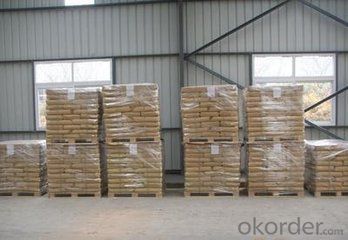
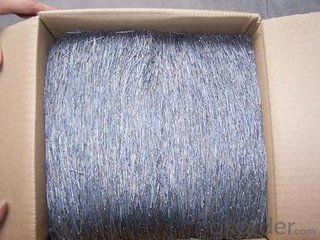
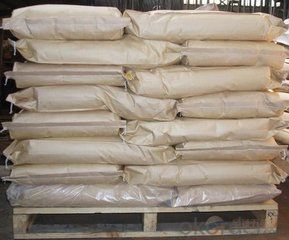
FAQ
certificated: ISO 9001
Technical advantages of Daye steel fiber:
A. Improve mechanical performance of concrete
B. Provide uniform distribution throughout concrete with excellent mixing
C. No balling or caking by adopt correct mixing method
D. Reduce concrete volume
E.Save construction time and cost
F.Reduce excavation volume
G.Available for jointless floor.
- Q: Can melt extract stainless steel fiber be used in railway tracks or train platforms?
- Yes, melt extract stainless steel fiber can be used in railway tracks or train platforms. Stainless steel fibers are known for their high strength, corrosion resistance, and durability, making them suitable for various infrastructure applications. When used in railway tracks or train platforms, stainless steel fibers can enhance the structural integrity and longevity of these surfaces. They can help reduce cracking, prevent the formation of potholes, and improve resistance to wear and tear caused by heavy train traffic. Additionally, stainless steel fibers are also effective in providing reinforcement against thermal expansion and contraction, ensuring the stability and safety of railway tracks and platforms. Therefore, melt extract stainless steel fiber is a viable option for enhancing the performance and longevity of railway tracks and train platforms.
- Q: How does the addition of melt extract stainless steel fiber affect the impact strength of concrete?
- Concrete's impact strength can be greatly improved by adding melt extract stainless steel fiber. These fibers, known for their strength and durability, are mixed into concrete to enhance its mechanical properties. When combined with concrete, these fibers create a three-dimensional network that enhances the material's toughness. Acting as a reinforcement system, this network absorbs and redistributes energy generated during impact events, reducing the risk of cracking and fracture. The use of stainless steel fibers in concrete increases its flexural strength and ductility, enhancing its resistance to impact loads. This means that the concrete can withstand sudden or repeated impacts without compromising its structural integrity. Additionally, the inclusion of stainless steel fibers improves the overall durability of the concrete. Stainless steel is highly resistant to corrosion and oxidation, making it an excellent material for reinforcing concrete structures. By incorporating these fibers, the concrete becomes more resistant to environmental factors, such as moisture and chemical attacks, which can weaken the material over time. In summary, adding melt extract stainless steel fiber to concrete significantly improves its impact strength by enhancing its toughness, resistance to cracking, and overall durability. This makes it a valuable addition for applications involving high impact loads, such as industrial floors, pavements, and structures in seismic zones.
- Q: How does the addition of melt extract stainless steel fiber affect the rheology of concrete?
- Concrete's rheology is significantly affected by the incorporation of melt extract stainless steel fiber, leading to improved overall performance and durability. One of the primary effects of including stainless steel fibers is the enhancement of concrete's tensile and flexural strength. These fibers reinforce the concrete matrix, effectively bridging cracks and increasing its resistance to cracking and fatigue. As a result, the material becomes more ductile and robust, capable of withstanding higher loads and stresses without failure. Furthermore, the addition of stainless steel fibers also enhances the rheological properties of concrete. These fine and flexible fibers improve the workability of the mix by reducing viscosity and enhancing flowability. This facilitates easier pumping, placing, and compacting of the concrete, ultimately resulting in better consolidation and higher quality finishes. Additionally, the presence of stainless steel fibers can modify the setting and hardening characteristics of concrete. Acting as nucleation sites for hydration products, these fibers accelerate the cement hydration process and promote early strength development. This is particularly advantageous in construction projects with time constraints or in cold weather conditions where concrete may be susceptible to freezing. Moreover, stainless steel fibers contribute to the overall durability of concrete. They create a physical barrier against corrosion by reinforcing the concrete and preventing the penetration of moisture and aggressive chemicals. This significantly increases the lifespan of structures, especially in harsh environments or those exposed to chemical attacks, such as wastewater treatment plants or marine structures. In conclusion, the addition of melt extract stainless steel fibers offers numerous benefits to the rheology of concrete, improving its strength, workability, and durability. This makes it a reliable and high-performance construction material.
- Q: How does melt extract stainless steel fiber affect the shrinkage and creep of concrete?
- Concrete's overall strength and durability can be enhanced by incorporating melt extract stainless steel fiber as a reinforcement material. The inclusion of these fibers increases the tensile strength and mitigates the occurrence of cracks. In relation to shrinkage, melt extract stainless steel fibers can effectively decrease the shrinkage of concrete. During the curing process, water evaporation causes the concrete to shrink in volume. The incorporation of stainless steel fibers helps disperse internal stresses and restrict shrinkage. This leads to fewer shrinkage cracks and a reduction in overall shrinkage. Similarly, melt extract stainless steel fibers play a crucial role in managing creep, which is the gradual deformation of concrete over time under sustained loads. Creep is caused by ongoing chemical and physical processes within the concrete. The presence of stainless steel fibers in the concrete provides additional resistance against applied loads, effectively controlling creep deformation. The fibers act as reinforcement, distributing stresses and reducing the overall creep strain in the concrete. In conclusion, the addition of melt extract stainless steel fiber significantly influences the shrinkage and creep characteristics of concrete. It minimizes shrinkage by dispersing internal stresses and restricting volume reduction. Moreover, it manages creep deformation by offering additional resistance against sustained loads and diminishing overall creep strain. Ultimately, the incorporation of stainless steel fibers enhances the long-term performance and durability of concrete structures.
- Q: What is the effect of melt extract stainless steel fiber on the modulus of deformation of concrete?
- The incorporation of melt extract stainless steel fiber in concrete generally leads to an increase in the modulus of deformation. This is due to the high tensile strength and superior bonding properties of stainless steel fibers, which enhance the overall structural integrity and stiffness of the concrete matrix. Additionally, these fibers also help to reduce cracking and enhance the flexural strength and durability of the concrete.
- Q: Is melt extract stainless steel fiber corrosion resistant?
- Indeed, melt extract stainless steel fiber exhibits remarkable resistance to corrosion. The presence of chromium in its composition grants stainless steel with exceptional corrosion resistance. Chromium enables the formation of a fine, protective oxide layer on the steel's surface, effectively thwarting corrosion and the development of rust. Consequently, melt extract stainless steel fiber is exceptionally well-suited for deployment in demanding environments or situations involving exposure to corrosive agents. Moreover, the fiber's corrosion resistance guarantees its longevity and durability across diverse sectors like construction, automotive, and aerospace.
- Q: What is the effect of melt extract stainless steel fiber on the modulus of elasticity of concrete?
- By incorporating melt extract stainless steel fibers into concrete, the modulus of elasticity can be positively influenced. The modulus of elasticity refers to the capacity of a material to deform elastically under stress and subsequently return to its original shape upon stress removal. The stainless steel fibers serve as reinforcement within the concrete matrix, thereby enhancing its mechanical properties. These fibers augment the tensile strength of the concrete, impeding the propagation of cracks and increasing its ability to withstand bending or flexural stresses. Consequently, the modulus of elasticity of the concrete is enhanced. The inclusion of melt extract stainless steel fibers aids in the uniform distribution of stress throughout the concrete, diminishing stress concentration at specific points and improving the overall structural integrity. This enables the concrete to bear heavier loads and enhances its durability. Moreover, the presence of stainless steel fibers further strengthens the bond between the concrete matrix and the fibers themselves. This fortified bond facilitates the transmission of stress from the matrix to the fibers, thereby amplifying the overall strength and rigidity of the concrete. In summary, the incorporation of melt extract stainless steel fibers into concrete has a positive influence on the modulus of elasticity by enhancing the material's tensile strength, crack resistance, and overall durability.
- Q: Can melt extract stainless steel fiber be used in pipeline construction?
- Yes, melt extract stainless steel fiber can be used in pipeline construction. Stainless steel fiber is known for its excellent properties such as high tensile strength, corrosion resistance, and durability. These characteristics make it an ideal material for reinforcing concrete and other construction applications, including pipeline construction. The addition of stainless steel fibers to the concrete mixture improves its crack resistance and enhances its overall structural integrity. This can be particularly beneficial in pipeline construction where the pipelines are exposed to various environmental factors and stresses. Moreover, the melt extract stainless steel fibers can also help in reducing the potential for cracking and subsequent leakage in pipelines, ensuring their long-term reliability and functionality. Therefore, melt extract stainless steel fiber can be effectively utilized in pipeline construction to enhance the performance and longevity of the pipelines.
- Q: Is melt extract stainless steel fiber compatible with all types of concrete finishing techniques?
- Different concrete finishing techniques may not be compatible with melt extract stainless steel fiber. The compatibility of the fiber with various finishing techniques depends on factors such as the type of concrete mix, desired finish, and project requirements. Melt extract stainless steel fiber is commonly utilized in concrete to enhance durability, strength, and resistance to cracking. However, adding fiber to the concrete mix can impact its workability and finishing characteristics. Certain finishing techniques, like troweling or burnishing, may pose challenges when using concrete with stainless steel fibers. The presence of fibers can cause surface irregularities or make the trowel bounce, making it difficult to achieve a smooth and consistent finish. On the other hand, other finishing techniques like broom or brush finishing may be more suitable for concrete with stainless steel fibers. These techniques can improve the bond between the fiber and the concrete and create a textured finish. To determine the compatibility of melt extract stainless steel fiber with specific finishing techniques, it is essential to consult with a concrete professional or manufacturer. They can offer guidance based on the project requirements and recommend the most appropriate finishing technique to achieve the desired results.
- Q: How does melt extract stainless steel fiber improve the abrasion resistance of concrete?
- Melt extract stainless steel fiber improves the abrasion resistance of concrete through several mechanisms. Firstly, the addition of stainless steel fibers increases the tensile strength of the concrete matrix, making it more resistant to cracking and spalling under abrasive forces. This is particularly important in high traffic areas or industrial settings where the concrete is subjected to heavy wear and tear. Secondly, the stainless steel fibers act as reinforcement within the concrete, forming a three-dimensional network that enhances the overall durability and toughness of the material. As a result, the concrete becomes less prone to abrasive damage and can withstand higher levels of mechanical stress. Moreover, the unique properties of stainless steel, such as its corrosion resistance and high melting point, make it an ideal material for improving abrasion resistance. Unlike traditional steel fibers, stainless steel fibers do not rust or corrode, even in aggressive environments, ensuring long-term durability of the concrete structure. Additionally, the small diameter and high aspect ratio of melt extract stainless steel fibers further contribute to the enhanced abrasion resistance. These fibers are typically very fine and evenly distributed throughout the concrete, creating a dense network that effectively resists abrasive forces and prevents the formation of cracks. Overall, the addition of melt extract stainless steel fiber to concrete improves its abrasion resistance by increasing tensile strength, providing reinforcement, imparting corrosion resistance, and optimizing the microstructure of the material. This results in a more durable and long-lasting concrete surface that can withstand heavy traffic and abrasive conditions.
Send your message to us
Melt Extract Stainless Steel Fiber Loose for Concrete Reinforcement from China
- Loading Port:
- Tianjin
- Payment Terms:
- TT OR LC
- Min Order Qty:
- 5 kg
- Supply Capability:
- 30000 kg/month
OKorder Service Pledge
OKorder Financial Service
Similar products
Hot products
Hot Searches
Related keywords
